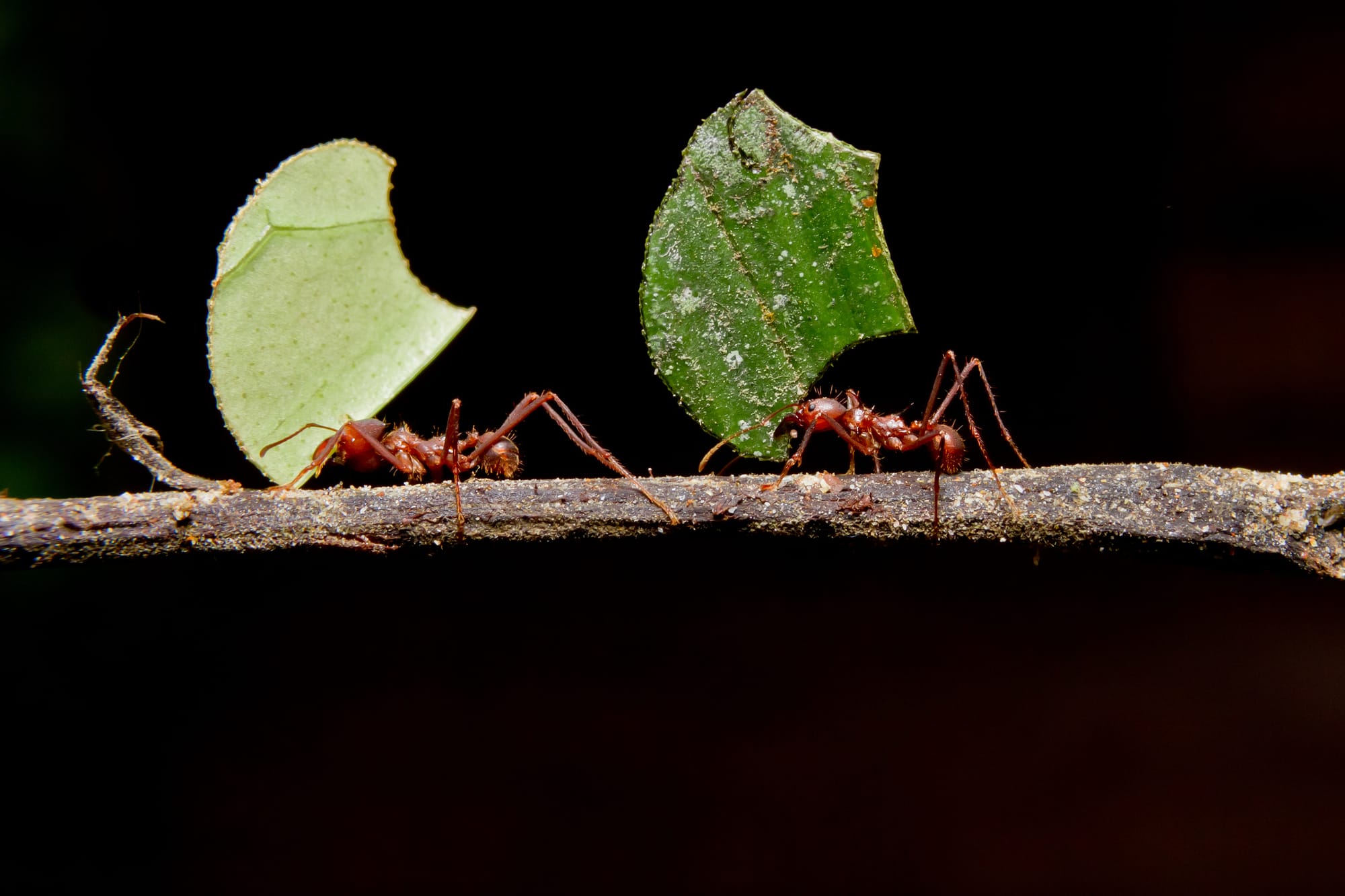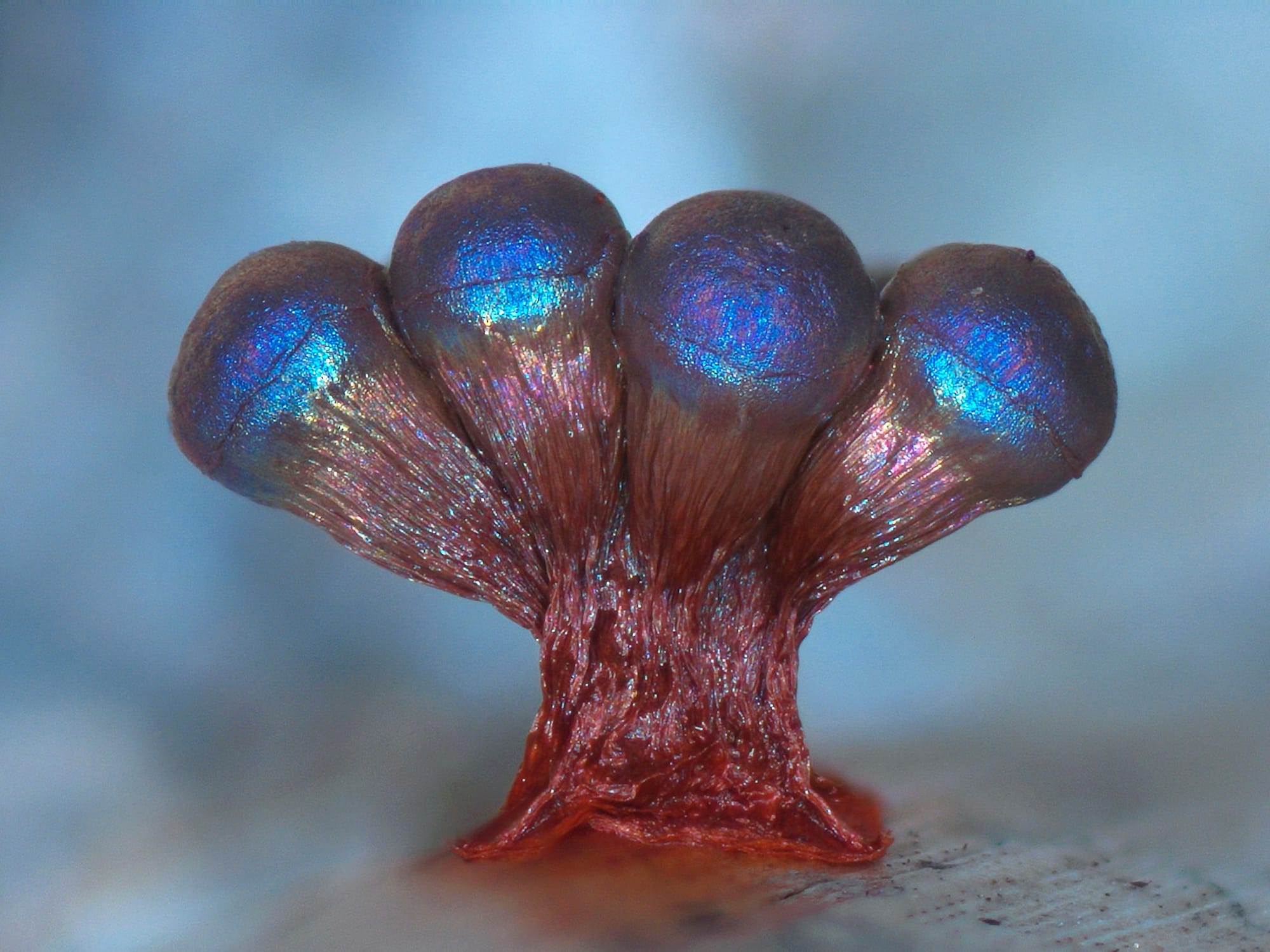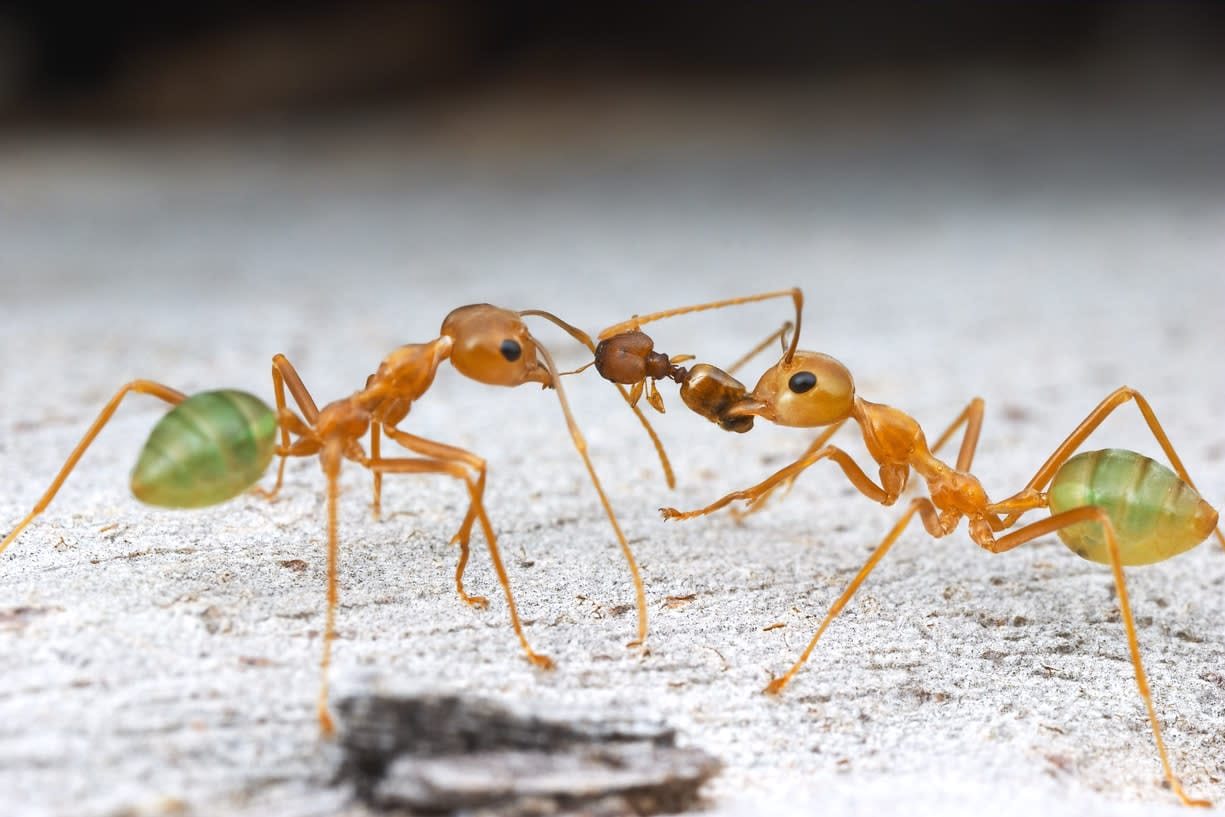
Imagine a busy road, the traffic gridlocked. Now imagine a pavement nearby, where hundreds of ants move silently in line. While the drivers idle and fume, the ants carry food to their nest, cooperating briskly, getting the job done.
Monash's Professor Bernd Meyer, from the Faculty of Information Technology, spends his working life considering ants and their collective decision-making skills.
“They make quite complicated decisions,” he explains. “Without the help of a logistics expert, ants locate the best food source and the quickest way of getting the food back to the nest, to give just one example.”
Individually, they aren’t particularly clever, but they are, he says, very successful at coordinating their activities, and there’s plenty we could learn from that.
“The way ants organise themselves can give us insights into things like better traffic flow management and factory floor optimisation,” Professor Meyer said.
Tackling complex tasks
Ant colonies are sometimes compared to cities, because myriad individuals carry out and coordinate many complex tasks simultaneously.
The foraging team makes up the breadcrumb convoy on the pavement, another team works on brood care, while others build the nest, act as defenders and so on.
Although these jobs are coordinated with high efficiency, “no one is sitting there saying, ‘You two go off in that direction, you three take care of defence',” Professor Meyer says.
“They all make individual little decisions, just based on what they perceive directly around them. No one has the big picture. Yet the colony has the big picture, as a kind of super-organism. They manage to allocate their workforce as a colony adequately for what they need on the colony level.”

But so far, no one knows the full picture of how this is done.
Professor Meyer also studies slime moulds, “which are not social insects, but they act collectively as well”.
“They are amoeboids, and the fascinating aspect is that they operate as colonies of separate cells in some parts of their life cycle, but then all these cells actually fuse into a single very large cell with multiple nuclei, acting as a single organism.”
He collaborates with biologists including Monash's Associate Professor Martin Burd from the School of Biological Sciences.
"They all make individual little decisions, just based on what they perceive directly around them. No one has the big picture. Yet the colony has the big picture, as a kind of super-organism."
Biologists and computer scientists each look at ants through a different lens, but their research “ultimately becomes completely amalgamated”, Professor Meyer says.
“It doesn’t work like, the biologists perform experiments, hand over the data and then we try to analyse it. Everything is done jointly – that’s the exciting part.
“It takes quite a while to find a common language, but then you arrive at this new mash-up way of thinking that merges two conceptual frameworks. And this is what enables new discoveries.”
As a computer scientist, he's interested in “extracting the underlying mathematical principles” that govern ant behaviour.
“We construct an algorithmic view of how they interact, and this is the only way to unpuzzle their complex behaviour,” he says.
Model behaviour
Researchers track individual ants, then model the behaviour of tens of thousands of individuals over long time spans. They try to mimic what they see in an experiment, check that their model matches the real-life data, and then use the model to explain and predict unobserved behaviour.
For instance, while studying Pheidole megacephala ants he found that if given a choice of food sources, they will not only converge on the best one, as many species do, but also revise their choices in the light of new information.
“What happens if you give them a better food source? Many species will completely ignore it. They're not able to adapt to these changed circumstances, but others, like P. megacephala, will actually switch over,” he says.
The colonies were only able to make a change for the better because individual ants made a bad call – individual mistakes were necessary for the group as a whole to improve their choices.
“Our models had predicted this before we found a species that actually does it,” Professor Meyer explains.
“If individuals don’t make errors or act nonconformist, groupthink takes over, and they all keep doing the same. You can formulate this mathematically, and it turns out that the mathematical formulation transfers to other systems – completely different systems, including human groups,” he says.
More than 12,500 ant species have been identified, but an estimated 22,000 exist.
“Ants are incredibly successful in ecological terms,” Professor Meyer says. “They are pretty much everywhere. That is one of the interesting aspects – why are they so adaptable?”
Professor Meyer also studies leaf cutter ants and weaver ants. Leaf cutter ants don't eat the leaves that they bring back to the nest – they use them for farming.

“They feed them to a fungus that they cultivate and use as a food source. Again, this is a complicated thing to organise.”
Weaver ants are important to mango production in Queensland, where they're used as a natural form of pest-control.
The ecosystem services ants provide tend to be underestimated, Professor Meyer says.
Crucial roles
He also studies bees, which are recognised for their crucial role as plant pollinators, but “ants are also a keystone element of ecosystems”, he says.
Ants condition the soil, for instance. They disperse seeds, and can improve agricultural productivity. It's not known to which degree ants (like bees) are vulnerable to environmental poisons and climate change, he says.
“But that’s one of the things we're trying to understand. If the environmental stress increases, what will, for example, happen to those ants that in Queensland are used in mango production? Will we see the same effects that we see in bee colonies?”
Members of an ant colony normally all share the same mother. From an evolutionary perspective, it makes sense for an individual ant to sacrifice itself for the good of the colony; they're team players to the core.
Humans have a much greater sense of individual agency and independence, but ant-like organisation can sometimes help in human settings.
Professor Meyer says many industries optimise their operations using computer algorithms that were derived from observing ant behaviour, including the Australian wine industry.
Humans are fascinated by ants, he says. Even at parties, people are eager to discuss ants with him. He thinks this might be because ants and their busy, task-oriented lives pose “a bigger philosophical question”.
“How do societies self-organise? How do we achieve a society in which individuals work together, for a common good, without needing anyone to centrally dictate the rules?”





